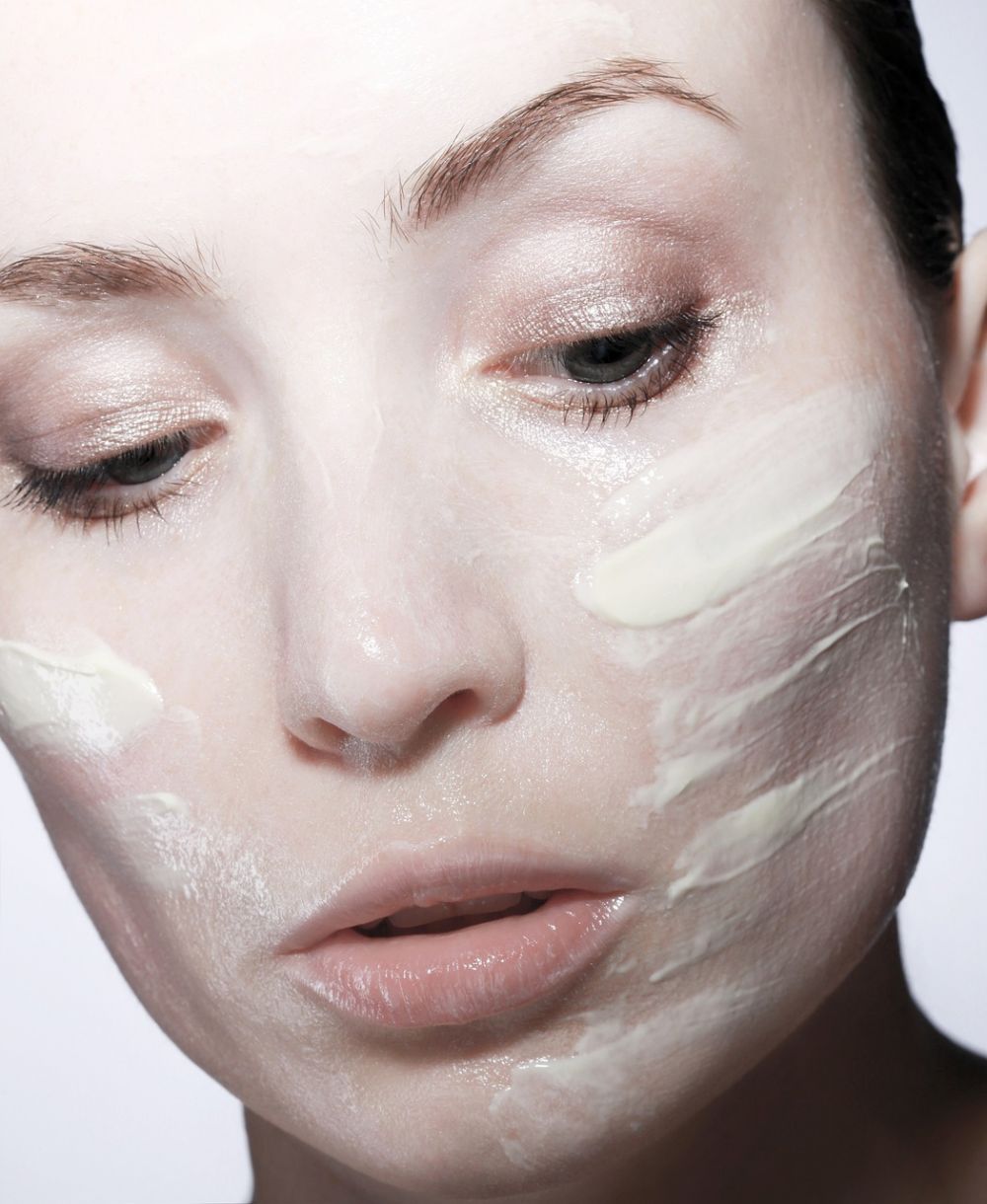Microneedling serums: A Comprehensive Guide for Beauty Enthusiasts

Introduction
Microneedling serum has gained popularity in the beauty industry due to its promising effects on skin rejuvenation. This article aims to provide a thorough overview of microneedling serums, their types, popularity, quantitative measurements, differences, and historical pros and cons.
I. Overview of Microneedling Serum

Microneedling serum is a skincare product containing active ingredients designed for use with microneedling treatments. Microneedling, also known as collagen induction therapy, involves tiny needles puncturing the skin to stimulate collagen production and enhance absorption of serums. This procedure helps improve various skin concerns, including wrinkles, scars, and uneven tone.
II. Types of Microneedling Serums
1. Hyaluronic Acid Serums:
– Hyaluronic acid is a popular ingredient in microneedling serums due to its hydrating and plumping effects.
– It helps retain moisture, resulting in smoother and more supple skin.
– Ideal for individuals with dry or dehydrated skin.
2. Vitamin C Serums:
– Vitamin C is known for its antioxidant properties, which help protect the skin from free radicals, environmental damage, and sun exposure.
– It aids in brightening, evening out skin tone, and promoting collagen synthesis.
– Suitable for those targeting hyperpigmentation, dullness, or aging signs.
3. Retinol Serums:
– Retinol, a form of vitamin A, is a potent ingredient in anti-aging skincare products.
– It promotes cell turnover, reduces fine lines, and improves overall skin texture.
– Best for individuals seeking to combat wrinkles, age spots, and acne scars.
III. Quantitative Measurements of Microneedling Serum
Quantitative measurements play a crucial role in determining the efficacy and safety of microneedling serums. Some key measurements include:
1. Active Ingredient Concentration:
– The percentage of active ingredients in a microneedling serum affects its potency and effectiveness.
– Higher concentrations may yield quicker results but can potentially cause irritation.
– Balancing the concentration with the skin’s tolerance is essential.
2. Needle Length Compatibility:
– Microneedling devices vary in needle lengths, which determine the depth of penetration.
– Some serums are specifically formulated for shorter or longer needle lengths.
– Understanding the compatibility ensures optimal absorption and desired outcomes.
3. Clinical Trials and Studies:
– Published studies and clinical trials provide scientific evidence of a microneedling serum’s efficacy and safety.
– Look for serums supported by robust research to make informed choices.
IV. Discussion on Differences among Microneedling Serums
Despite their shared goal of improving skin appearance, microneedling serums differ in several aspects:
1. Ingredients:
– Each serum may contain different active ingredients tailored to address specific skin concerns.
– For example, some serums may prioritize hydration, while others focus on brightening effects.
– Choosing a serum that aligns with individual skin needs is crucial for desired results.
2. Formulation and Texture:
– Microneedling serums come in various formulations, such as lightweight gels, creamy lotions, or oil-based solutions.
– Consider personal preferences, skin type, and desired skin feel when selecting a suitable serum.
3. Supporting Skincare Regimen:
– Some microneedling serums are designed to complement specific skincare routines, such as being used before or after other products.
– Understanding how a serum fits into an existing regimen ensures optimal synergy and compatibility.
V. Historical Overview of Pros and Cons of Microneedling Serums
Over time, microneedling serums have evolved, and their benefits and drawbacks have become apparent:
1. Pros of Microneedling Serums:
– Improved skin texture and tone.
– Reduction in wrinkles, acne scars, and hyperpigmentation.
– Enhanced absorption of active ingredients.
– Stimulated collagen production for plumper skin.
– Customizable treatments for individual needs.
2. Cons of Microneedling Serums:
– Potential skin irritation or redness.
– Temporary sensitivity to sun exposure.
– Requires regular treatments for optimal results.
– Not recommended for certain skin conditions or individuals with bleeding disorders.
In conclusion, microneedling serums offer a range of benefits and customization options for individuals looking to improve their skin’s appearance. Understanding the different types, quantitative measurements, differences, and historical pros and cons can help make informed decisions when incorporating microneedling serums into skincare routines. Remember to consult with skincare professionals for personalized recommendations and treatments.











